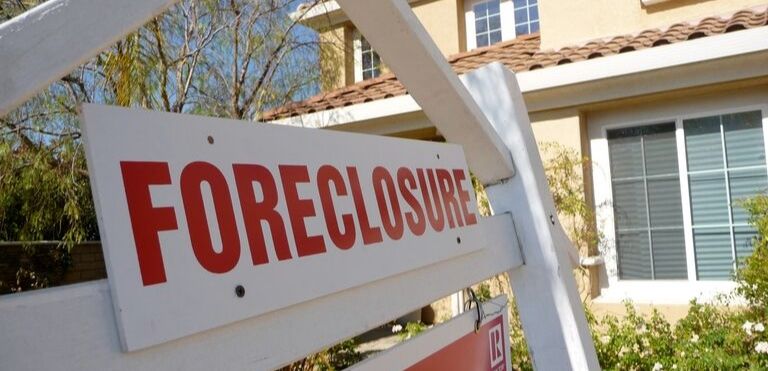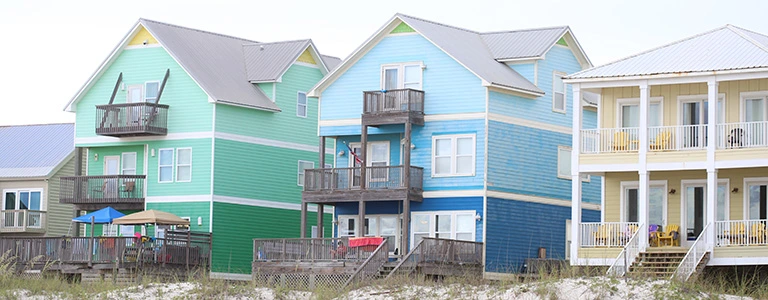
In North Dakota, foreclosures are governed by state law. The process of foreclosing on a property requires several notices before foreclosure can take place. The lender must give the borrower at least 30 days notice of the intent to foreclose.
The notice must be sent via certified mail to the owner of the record, identified either through the mortgage itself or by the chain of title of the county recorder’s office. The notice must be given no later than 90 days and no earlier than 30 days before an action is filed in court. By statute, the notice must include: (1) a description of the real estate, (2) the date and amount of the mortgage, (3) the amount due of principal and interest to bring the account current, (4) the amount advanced by the borrower for taxes, insurance, and maintenance separately itemized, and (5) a statement providing notice that if the amount due is not paid within 30 days from the date mailed or service of notice, an action will be commenced to foreclose the mortgage.
If the borrower has not paid the amount due within 30 days of the notice, the lender may commence a lawsuit by serving a summons and complaint on the borrower. The complaint must (1) identify the mortgage being foreclosed, (2) establish the applicable redemption period, and (3) state whether a deficiency judgment will be sought and against whom.
After a foreclosure judgment is entered, the clerk of court in the county where the property is located may advertise the property for sale. The borrower must again be given notice of the sale. Then, the sale must be made by the county sheriff. Depending on the type of property and amount sold for, the lender may seek a deficiency judgment against certain borrowers. The purpose of a deficiency judgment to make up for the difference between the amount of debt and the fair market value of the property or the amount bid at the sale, depending on the type of property. Lenders cannot obtain a deficiency judgment against every borrower in North Dakota. For example, a lender may not obtain a deficiency judgment on residential property with four or fewer units of up to 40 contiguous acres containing a homestead. However, on larger properties, the lender may obtain a deficiency judgment.
North Dakota law also provides for a right of redemption, which means the borrower can redeem or repurchase the home within a certain time period. In North Dakota, the borrower typically has 1 year to redeem the property through the payment of the balance due plus the costs incurred by the lender in the foreclosure process. If the property is agricultural, the property can be redeemed one year after the foreclosure complaint is filed or 60 days after the sale, whichever is later.
The above provides a brief overview of the process for foreclosure in North Dakota. If you need assistance with foreclosure, contact an experienced real estate attorney at O’Keeffe O’Brien Lyson Attorneys in Fargo, North Dakota to discuss or call 701-235-8000 or 877-235-8002.



